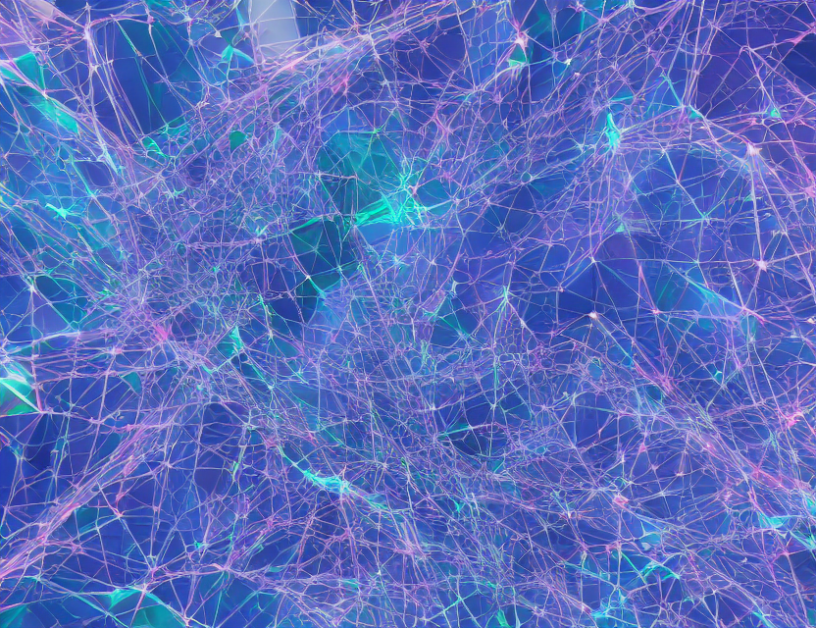In recent years, there has been a growing interest in combining deep learning with quantum computing to develop new algorithms that can solve complex problems more efficiently than classical models. This survey aims to provide an overview of the current state of research in this field, highlighting the key challenges and opportunities that lie ahead.
Designing Quantum Neural Networks
One of the most significant challenges in developing quantum neural networks is designing architecture that can effectively process high-dimensional data. Classical deep learning models struggle with this task, but researchers have proposed several novel approaches to overcome these limitations. These include using pre-trained convolutional neural networks and modifying the quantum neural network to analyze larger-scale audio and image data.
Training Algorithms
Another important aspect of developing quantum deep learning algorithms is designing effective training algorithms. Researchers have proposed a comprehensive approach that integrates configuration settings, data loaders, and logging mechanisms. This function initializes data loaders for training and validation datasets, with appropriate transformations applied, and configures the DataLoader objects with parameters such as batch size, number of workers, and memory settings to ensure efficient data handling during training.
Advantages and Opportunities
The integration of quantum computing with deep learning offers significant advantages over classical models. Quantum neural networks can analyze larger-scale audio and image data without pre-trained CNN. This could lead to breakthroughs in areas such as image recognition, natural language processing, and drug discovery. However, there are still several challenges that need to be overcome before these advancements can be realized.
Challenges
Despite the potential benefits of quantum deep learning, there are several challenges that need to be addressed. One of the most significant is the noise present in quantum computing devices, which can significantly affect the accuracy of quantum neural networks. Another challenge is developing practical quantum algorithms that can solve real-world problems efficiently.
Conclusion
In conclusion, this survey provides an overview of the current state of research in deep learning for quantum computing. While there are still several challenges that need to be addressed, the potential benefits of combining these two fields are significant. As research continues to advance, we can expect to see new and innovative approaches emerge that could lead to breakthroughs in a wide range of areas. By demystifying complex concepts and using engaging analogies, we hope to provide readers with a clear understanding of the current state of this exciting field.



